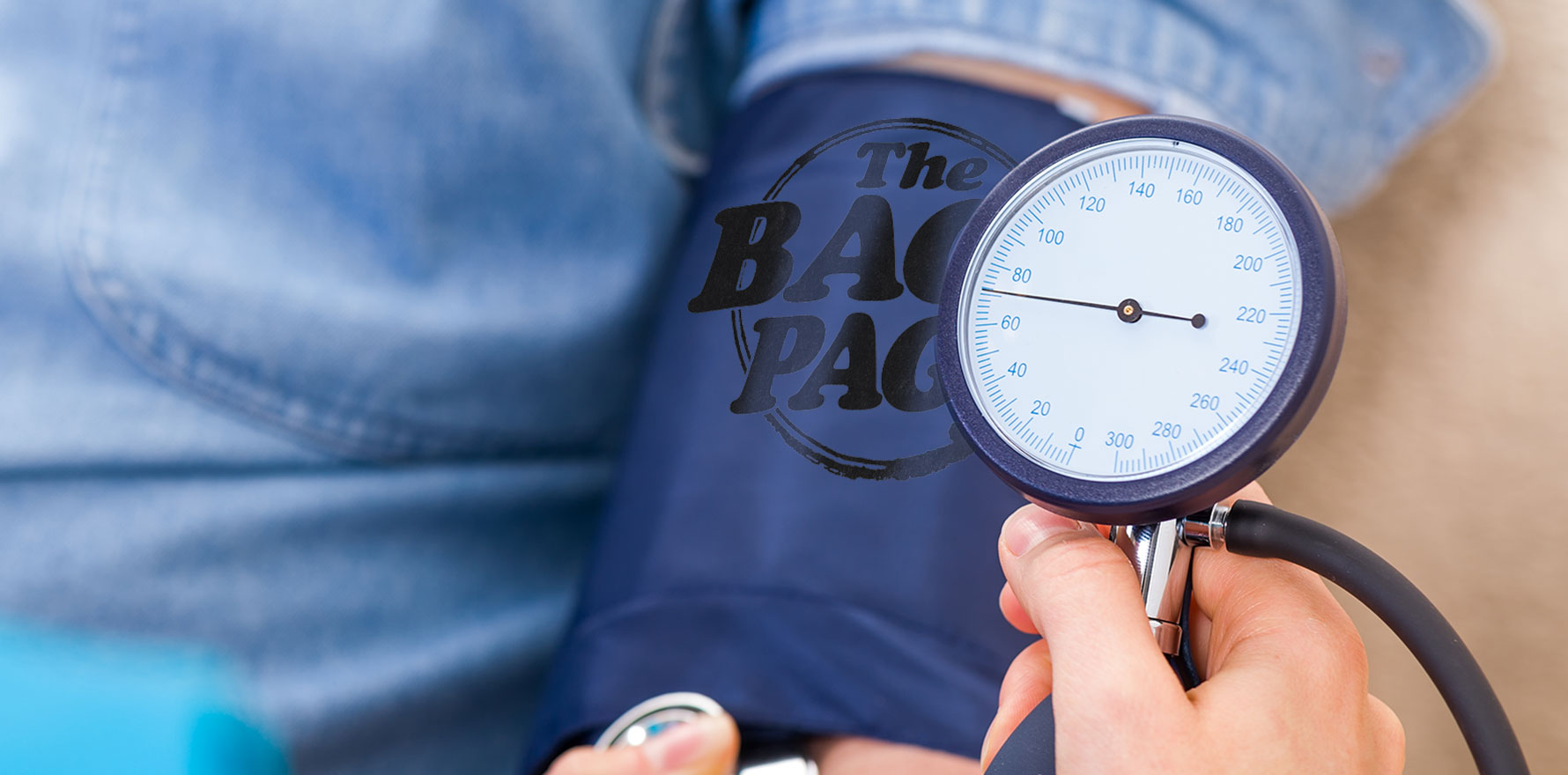No one wants to hear this, but there’s a problem with how we measure systolic BP.
Last time the Back Page visited our GP, we got one of those blood pressure readings so perfect you want to frame it and put it on the wall.
The doctor was so pleased, we thought we were going to get a gold star.
Very deflating, then, to realise it could be bollocks. It and maybe all the other blood pressure readings we’ve had, and that you’ve taken, with a brachial cuff.
It’s not just the proliferation of blood pressure-measuring devices that aren’t validated for accuracy, or the fact that using the wrong-sized cuff can radically alter results.
The problem, according to the University of NSW’s Professor Branko Celler – an emeritus professor not of medicine, but of electrical engineering – is the Korotkoff sounds themselves that are used by every non-invasive BP-measurement device for calibration.
Professor Celler claims to have put his finger on why systolic blood pressure is frequently underestimated, a fact he says has been known for a century.
His team took the blood pressure of 40 patients simultaneously via a brachial cuff and via fluid-filled catheters inserted in their arteries.
The first Korotkoff sound, which is supposed to happen immediately upon release of the cuff, was often a poor match to the intra-arterial reading thanks to slow reopening of the brachial artery, resulting in an underestimated systolic pressure.
The mean discrepancy was 17mmHg, with a maximum underestimate of 31mmHg – waaay outside the 5-8mmHg tolerance in the Universal Standard for the calibration of cuffs.
Of course, one blood pressure reading does not a diagnosis make. But nobody wants their cute 120mmHg to really be 150 in disguise.
Compounding the inconvenience, the differences weren’t explained simply by arterial stiffness, as Professor Celler had hypothesised, and there was no correlation between the actual blood pressure readings and the extent of discrepancy.
“What we showed is that when you deflate the cuff, the artery sometimes doesn’t open up – and the amount of time that goes on for is very variable,” he told media.
Professor Celler is in the unenviable position of bringing a problem without an immediate solution. He knows no one wants to hear this, acknowledging that his findings are “hugely disruptive to current accepted practices”, after presenting his work to mixed feedback at the European Hypertension Conference.
“The disruption comes from the fact that, effectively, every non-invasive blood pressure device in the world is calibrated using Korotkoff sounds and may therefore be in error,” he says.
He doesn’t advise stopping the use of cuffs, saying they are still good predictors of stroke and other disease, but says that “improvements need to be made to eliminate the sources of error we have identified”, starting with more collaboration and research.
Professor Celler has used the data from this study to help develop models that better predict true systolic blood pressure, but they need validation in larger trials. He is also investigating more direct instrument-based methods – ones that don’t involve intra-arterial catheters – with a UNSW innovation grant.
Until that bears fruit, just forget you read this, I guess?
Send stories that don’t require her to spell sphygmomanometry to penny@medicalrepublic.com.au.


